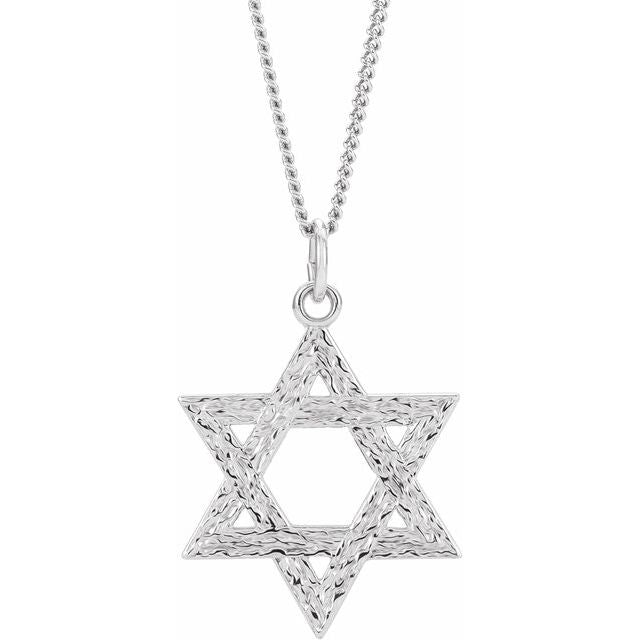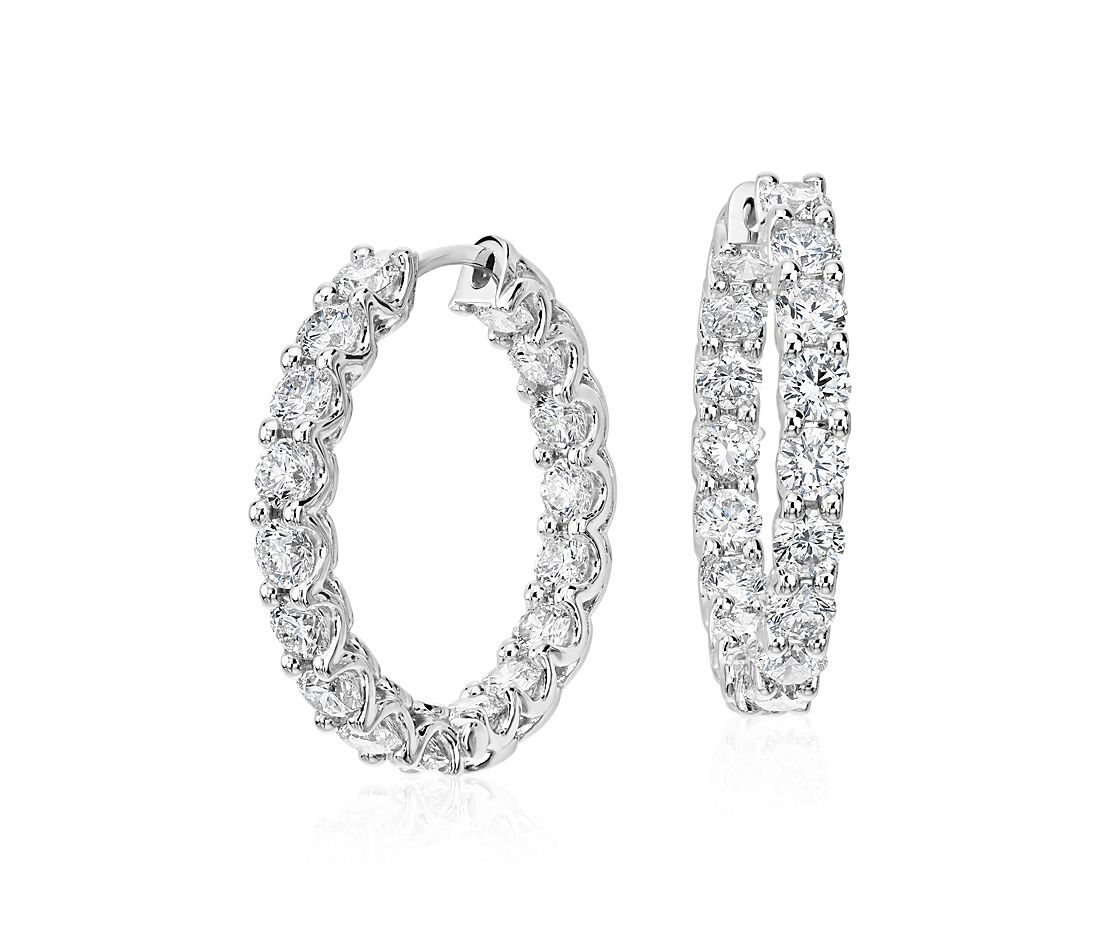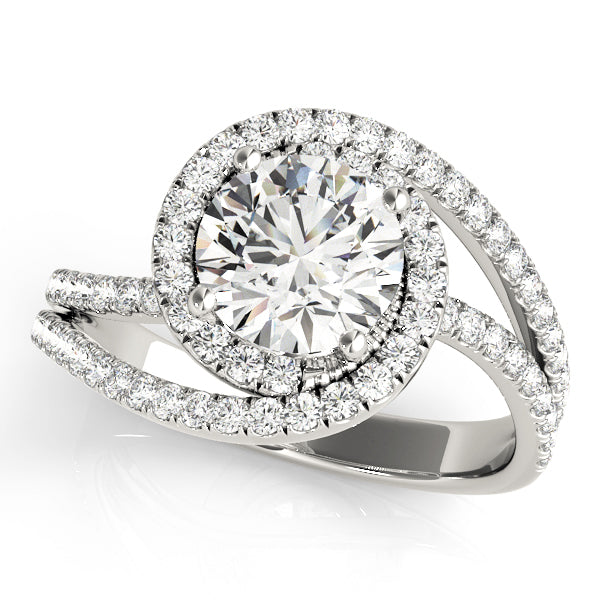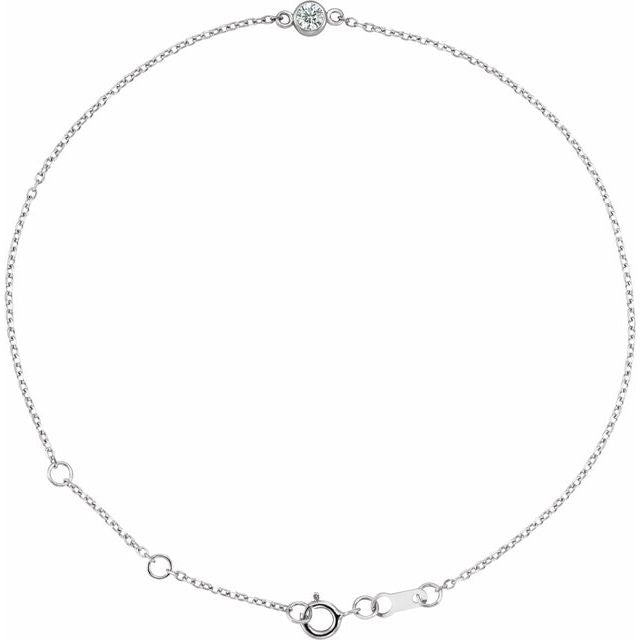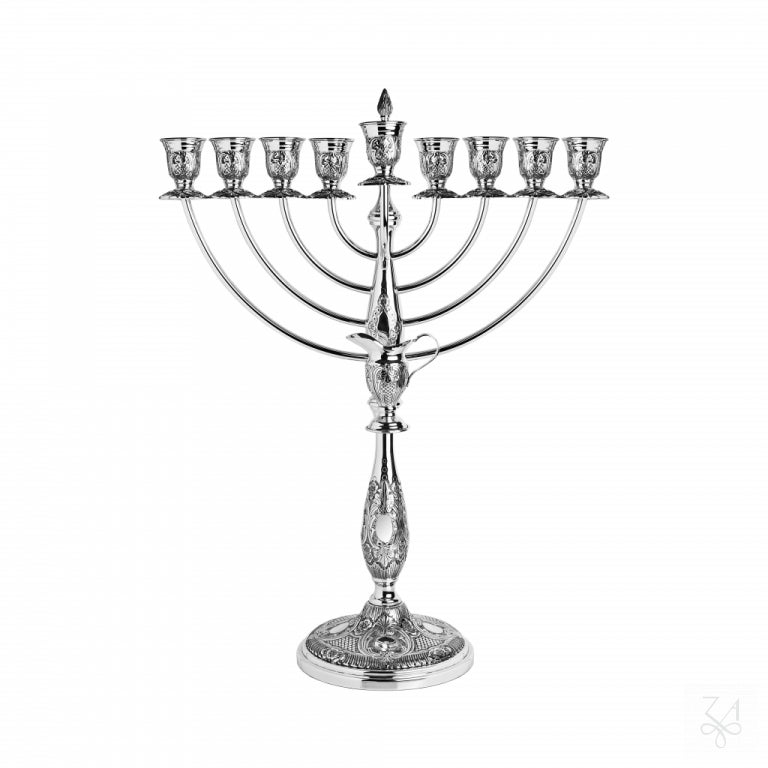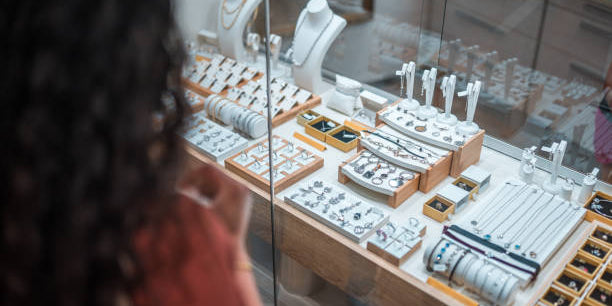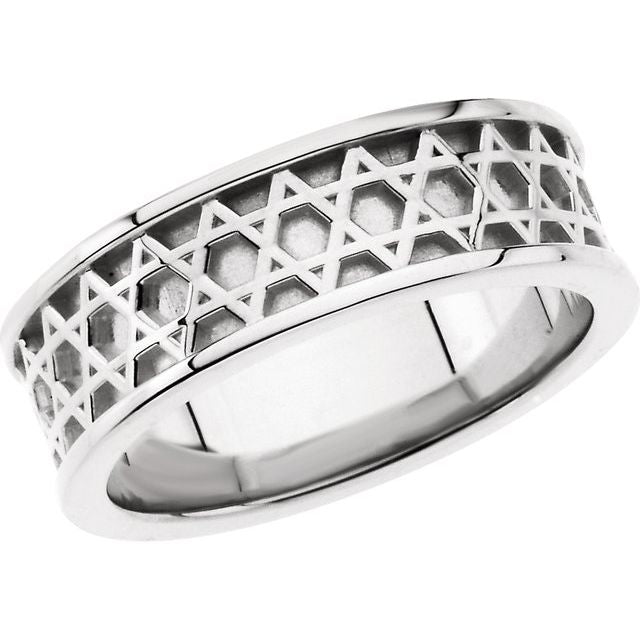Introduction
Silver jewelry holds a timeless appeal that transcends generations. From delicate sterling silver necklaces to statement rings, these lustrous pieces add elegance to any outfit. However, without proper care, your beloved silver items can lose their shine and deteriorate over time. According to a survey by the Jewelry Consumer Opinion Council, nearly 86% of silver jewelry owners report tarnishing as their primary concern, yet only 24% follow proper care routines.
This comprehensive guide will walk you through professional techniques to maintain your silver jewelry's brilliance, extend its lifespan, and preserve its value. Whether you're a collector with heirloom pieces or someone who enjoys fashion-forward silver accessories, these expert tips will ensure your silver continues to shine for years to come.
Understanding Silver Jewelry
Types of Silver in Jewelry
Before diving into care techniques, it's essential to understand what your silver jewelry is made of:
-
Fine Silver (999): Contains 99.9% pure silver. While exceptionally bright and lustrous, it's too soft for most jewelry applications.
-
Sterling Silver (925): The most common type in jewelry, containing 92.5% silver and 7.5% other metals (usually copper). This alloy provides the perfect balance of luster and durability.
-
Silver-Plated: Base metals coated with a thin layer of silver. These require special care to prevent the plating from wearing off.
-
Argentium Silver: A modern silver alloy with added germanium that offers increased tarnish resistance compared to traditional sterling silver.
According to the Silver Institute, sterling silver remains the most popular choice for jewelry, accounting for approximately 78% of all silver jewelry sold worldwide.
Why Silver Tarnishes
Tarnish isn't a sign of poor quality but rather a natural chemical reaction. Silver reacts with sulfur compounds in the air, creating silver sulfide – the dark coating we recognize as tarnish. Common culprits include:
-
Air pollution
-
Humidity
-
Household chemicals
-
Beauty products (perfumes, lotions, hairsprays)
-
Natural oils in your skin
-
Certain foods (eggs, onions, and other sulfur-containing foods)
A study published in the Journal of Cultural Heritage found that silver items tarnish up to 60% faster in urban environments compared to rural areas due to higher pollution levels.
Daily Care Practices
Wearing Your Silver Properly
The saying "wear it or store it" holds truth for silver jewelry. Regular wear can actually help prevent tarnishing as the friction and your skin's oils keep the surface clean. However, follow these guidelines:
-
Put it on last: Apply cosmetics, perfumes, and hairsprays before wearing your silver jewelry.
-
Take it off first: Remove jewelry before showering, swimming, cleaning, or exercising.
-
Avoid chemicals: Keep silver away from chlorinated pools, hot tubs, household cleaners, and bleach.
-
Minimize exposure: Remove silver jewelry when cooking with sulfur-rich foods like eggs and onions.
Basic Cleaning Routine
Implement this simple weekly cleaning routine to maintain your silver's shine:
-
Gentle wipe-down: After each wear, gently wipe pieces with a soft, lint-free cloth to remove oils, sweat, and other residues.
-
Mild soap cleaning: Once a week, clean your frequently worn pieces with warm water and a few drops of mild dish soap.
-
Thorough drying: Completely dry your jewelry with a soft cloth before storing or wearing it again.
-
Polishing: Use a proper silver polishing cloth monthly for maintaining shine (these cloths contain special compounds that remove tarnish while polishing).
A 2021 consumer study found that silver jewelry owners who performed this simple maintenance routine reported 70% less tarnish development compared to those who didn't regularly clean their pieces.
Deep Cleaning Methods
When your silver develops noticeable tarnish, it's time for a deeper cleaning. Here are effective methods ranked from gentlest to most intensive:
Aluminum Foil Method
This chemical reaction method is gentle yet highly effective:
-
Line a bowl with aluminum foil, shiny side up
-
Add 1 tablespoon each of baking soda and salt
-
Pour in hot water
-
Submerge your silver, ensuring it touches the foil
-
Wait 5-10 minutes
-
Rinse thoroughly and dry with a soft cloth
The science behind this method is fascinating: it's an ion exchange where the sulfur atoms transfer from the silver to the aluminum, essentially reversing the tarnishing process.
Commercial Silver Cleaners
When dealing with heavily tarnished pieces:
-
Choose a reputable silver cleaning product (dips tend to work faster than pastes)
-
Follow the manufacturer's instructions precisely
-
Use only in a well-ventilated area
-
Rinse thoroughly afterward
-
Dry completely
According to a study in the International Journal of Conservation Science, commercial silver cleaners remove tarnish up to 3 times faster than homemade solutions but may remove a microscopic layer of silver with each use.
Professional Ultrasonic Cleaning
For intricate pieces or those with gemstones:
-
Consider professional ultrasonic cleaning for annual maintenance
-
Jewelers use specialized equipment that cleans via high-frequency sound waves
-
This method reaches crevices impossible to clean at home
-
Cost ranges from $25-75 depending on complexity
However, note that some delicate gemstones (like emeralds, pearls, and opals) should never undergo ultrasonic cleaning. Always inform your jeweler about any gemstones in your silver pieces.
Special Care for Different Silver Jewelry Types
Silver Chains and Necklaces
These pieces often experience the most wear and can develop knots or kinks:
-
Clean them more frequently (bi-weekly)
-
Use a soft toothbrush to gently clean between links
-
Lay flat to dry to prevent stretching
-
Store them flat or hung to prevent tangling
Silver Rings and Bracelets
These items contact more surfaces and collect more oils:
-
Remove when washing hands or applying hand cream
-
Clean crevices with a soft toothbrush
-
Pay special attention to the inside surfaces that touch your skin
-
Consider rhodium plating for heavily worn pieces
Silver with Gemstones
Special considerations for pieces with stones:
-
Research your specific gemstones before cleaning
-
Avoid submerging porous stones like turquoise or opals
-
Keep cleaning solutions away from glued settings
-
Use a toothbrush with very soft bristles around stone settings
-
Pat dry rather than rubbing around prongs
Professional Storage Solutions
Proper storage is perhaps the most crucial aspect of silver care. The right storage environment can prevent tarnish formation almost entirely.
Anti-Tarnish Products
Invest in specialized storage products:
-
Anti-tarnish cloths and strips: These contain chemicals that absorb tarnish-causing gases before they reach your silver.
-
Tarnish-resistant bags: Specially designed with a barrier layer that prevents air pollutants from reaching the silver.
-
Silica gel packets: These absorb moisture, a catalyst for the tarnishing reaction.
A 2022 market survey revealed that silver jewelry stored with anti-tarnish products showed 85% less tarnishing over a 12-month period compared to conventional storage methods.
Storage Environment
Create the optimal storage conditions:
-
Low humidity: Keep silver in a dry environment (ideally 30-40% relative humidity).
-
Cool temperature: Avoid temperature fluctuations that can accelerate chemical reactions.
-
Individual wrapping: Store pieces separately to prevent scratching and tangling.
-
Airtight containers: Consider specialized jewelry boxes with airtight compartments.
DIY Storage Solutions
If specialized products aren't available:
-
Wrap pieces individually in acid-free tissue paper
-
Place in ziplock bags with as much air squeezed out as possible
-
Add a piece of chalk or activated charcoal to absorb moisture and sulfur compounds
-
Store in a cool, dry place away from direct sunlight
Maintenance Schedule for Longevity
Implement this professional maintenance schedule:
-
After each wear: Wipe with a soft cloth
-
Weekly: Soap and water cleaning for frequently worn pieces
-
Monthly: Polishing cloth treatment and inspection for damage
-
Quarterly: Deep cleaning of all pieces
-
Annually: Professional inspection and cleaning
According to jewelry insurance data, silver pieces maintained on a regular schedule retain up to 40% more of their value over a 10-year period compared to pieces without regular maintenance.
When to Seek Professional Help
While many care tasks can be performed at home, recognize when to consult a professional jeweler:
-
When pieces have intricate details impossible to clean at home
-
If you notice loose stones or settings
-
When clasps or mechanisms aren't functioning properly
-
For restoration of antique or heirloom pieces
-
When considering protective treatments like rhodium plating
Professional services typically cost between $25-150 depending on the complexity of the piece and the services required.
Silver Jewelry Myths Debunked
Let's clear up some common misconceptions:
Myth 1: Toothpaste is a good silver cleaner
Reality: Toothpaste is abrasive and can scratch your silver's surface, permanently damaging the finish.
Myth 2: You should clean silver as soon as you notice tarnish
Reality: Light tarnish actually creates an antique look that many collectors value. Only clean when the tarnish detracts from the piece's beauty.
Myth 3: All silver cleaners are basically the same
Reality: Different formulations target different levels of tarnish. Some are gentler than others, making them appropriate for different types of silver jewelry.
Myth 4: Silver jewelry inevitably deteriorates over time
Reality: With proper care, silver jewelry can last for generations without significant degradation.
Sustainable Silver Care
For environmentally conscious individuals:
-
Biodegradable cleaning solutions: Look for eco-friendly silver cleaners with natural ingredients.
-
Reusable cloths: Invest in quality polishing cloths that can be used hundreds of times.
-
DIY cleaners: Make your own cleaning solutions using baking soda, salt, and aluminum instead of harsh chemicals.
-
Proper disposal: If using commercial cleaners, follow disposal instructions carefully to minimize environmental impact.
Investment Protection
Quality silver jewelry represents a financial investment:
-
Documentation: Keep receipts and certificates of authenticity.
-
Photography: Maintain current photos of your pieces for insurance purposes.
-
Insurance: Consider adding valuable pieces to your homeowner's or renter's insurance policy.
-
Professional appraisals: Have valuable pieces appraised every 3-5 years.
Conclusion
Caring for silver jewelry doesn't have to be complicated or time-consuming. By understanding the nature of silver, implementing a regular maintenance schedule, and knowing when to seek professional help, you can enjoy your lustrous pieces for decades to come.
Remember that prevention is always easier than restoration. The few minutes you spend properly storing your silver jewelry after each wear will save hours of cleaning time later. Whether your collection includes family heirlooms, investment pieces, or fashion accessories, these professional care techniques will ensure your silver continues to shine brilliantly.
With proper care, your silver jewelry will not only maintain its beauty but might even become treasured heirlooms passed down through generations. The effort you invest in silver care today creates a legacy of beauty for tomorrow.



